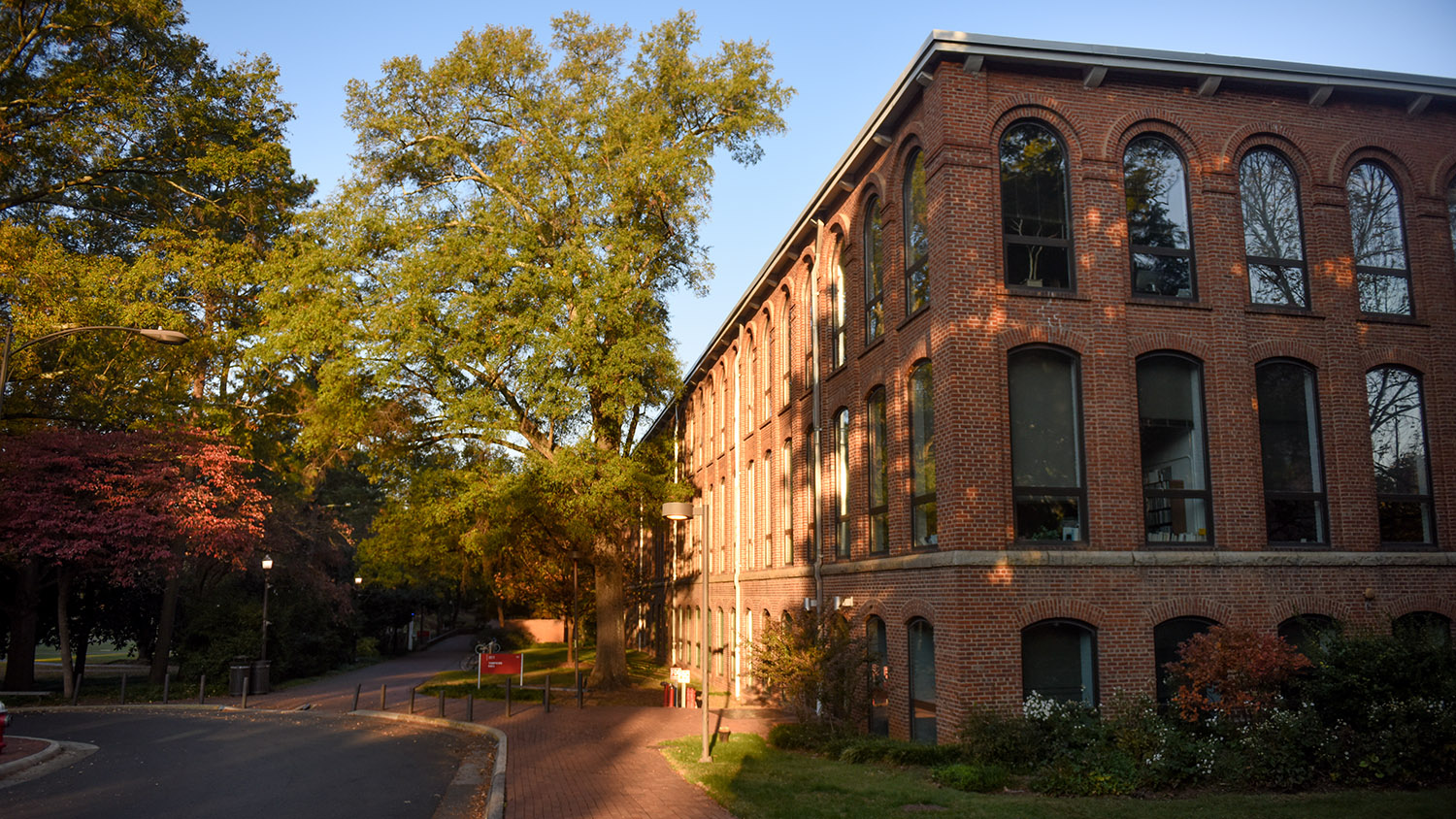NC State Faculty, Students Unearth Ancient Mythological Statues
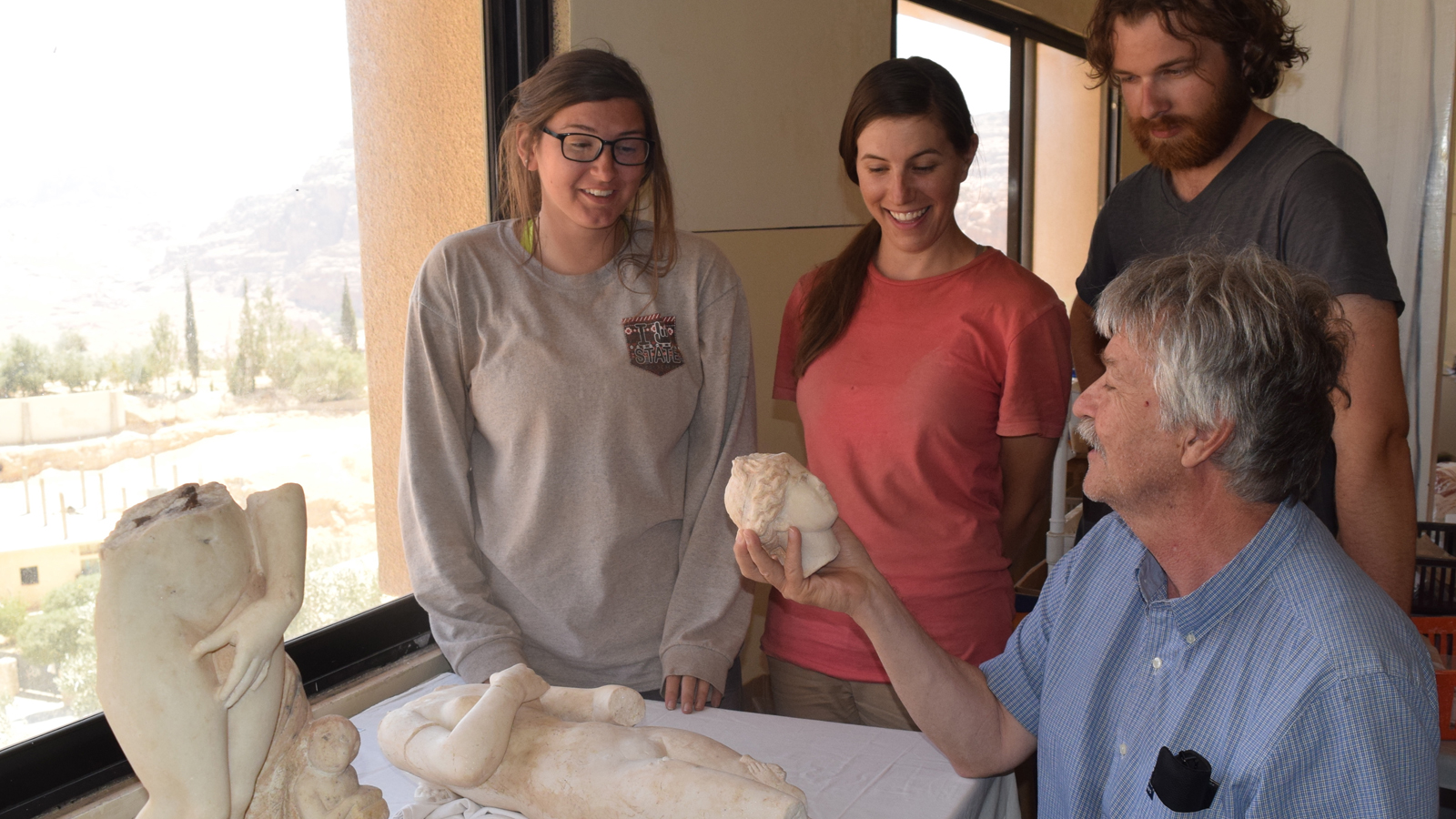
A team of NC State faculty and students helped unearth more clues this summer about the ancient Nabataean city of Petra, Jordan.
As part of a larger excavation at the site, the group discovered two marble statues of the mythological goddess Aphrodite — artifacts that dig co-director Tom Parker describes as “absolutely exquisite.”
Parker, a professor of history at NC State, said the team found the pieces while excavating domestic structures in Petra’s North Ridge area during May and June.
“I’ve been doing field work in the Middle East for 45 years and never had a find of this significance,” Parker said. “These are worthy of display at the Louvre Museum or the Metropolitan Museum of Art.”
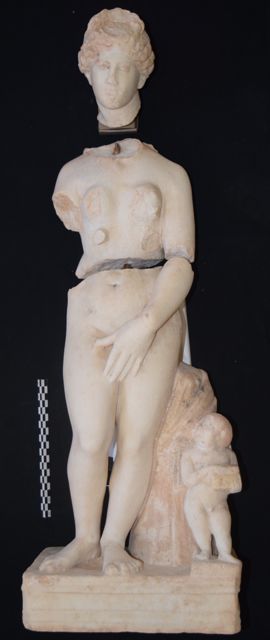
The statues, which also feature the mythological god Cupid, are largely intact from pedestal to shoulders. Both statue heads and much of their upper extremities were also recovered at the site and will be restored.
This year’s dig marked the third season of the Petra North Ridge Project, an initiative aimed at uncovering clues about the city’s non-elite population. So, while the statues are remarkable finds, Parker said they’re also unexpected.
The team was digging what they thought was an ordinary home this summer when they came across something much more. The house was more like an urban villa, Parker said, equipped with its own sophisticated bath house. The team found the fragmented statues next to the home’s staircase.
“Even though they weren’t exactly what we were looking for, these finds still tell us a lot about the population,” Parker said.
The marble statues are Roman in style, which provide additional insight to the cultural impact of Rome’s annexation of Nabataea in 106 A.D. “The Nabateans were true geniuses in many ways, in part because they were ready and willing to assimilate to and adopt elements of other cultures around them,” Parker said. “They adopted a lot of Egyptian culture when they were neighbors. When Romans took over, they were open to Roman influence.”
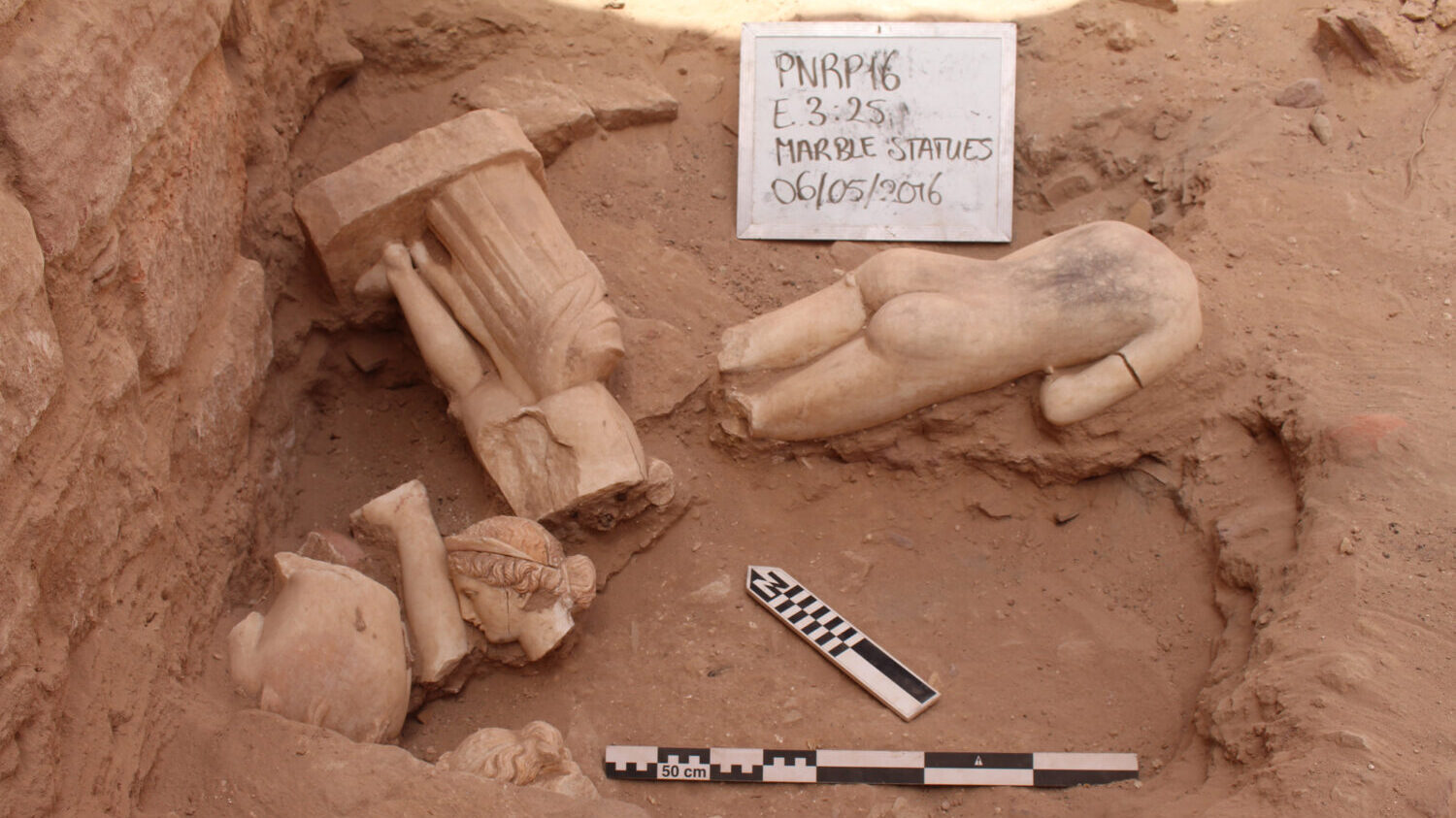
The dig team, which Parker co-directs with bioarchaeologist Megan Perry, professor of anthropology at East Carolina University, found a wealth of other artifacts that shed more light on Nabatean daily life. Digging one other domestic structure and three rock-cut shaft tombs, the researchers discovered installations for cooking and storage, occupational remains such as pottery and animal bones, an iron sword, ceramic oil lamps and human bones intermixed with personal adornments and jewelry.
“The human remains and mortuary artifacts from Petra provide perspectives not only on Nabataean concepts of death, but also their biological histories while alive,” Perry said.
News of the discovery spread quickly, as The Huffington Post, Live Science, Archaeology, Travel and Leisure Magazine, WUNC and the News and Observer, among others, have all reported on the find.
Student Involvement
The Petra North Ridge Project, primarily funded by a grant from the National Endowment for the Humanities with additional support from the National Geographic Committee for Research and Exploration, is powered in part by the work of college students.
This season’s dig team of 65 workers, including 20 Jordanian personnel, featured an NC State contingent of 14 students, alumni and faculty. Six undergraduate students participated through the university’s Jordan Archaeological Field School study abroad program. In addition, seven graduate students and NC State alums also participated in the dig, supervising work in the trenches and at the domestic structures.
The students aren’t there to simply observe; they’re actively involved in the project. They’re in the trenches alongside other workers, literally digging up artifacts, Parker said.
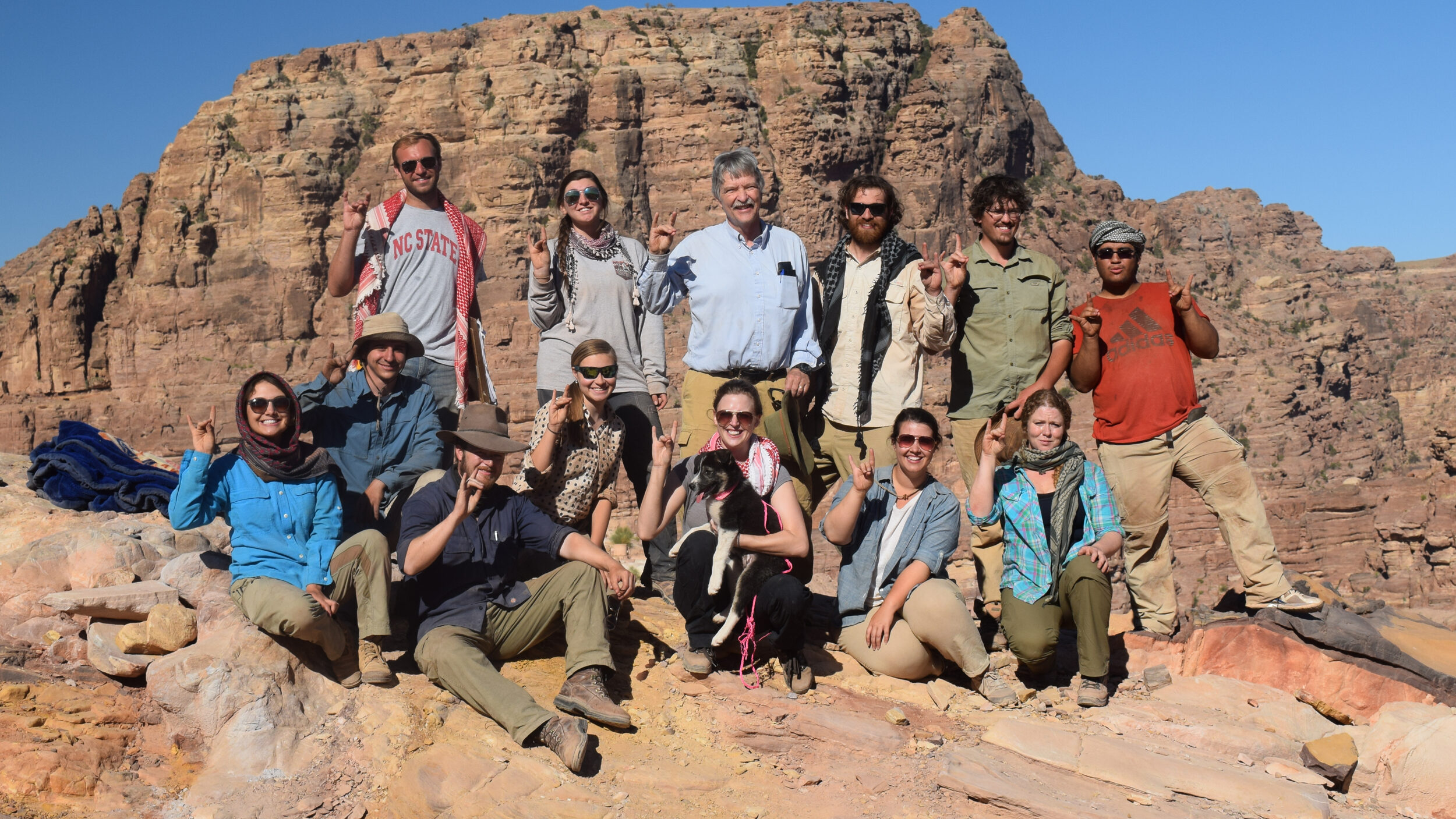
Senior political science major Sydney Grice spent most of her time in “Area C,” the site of the domestic excavation. In addition to helping dig in the trenches, she tried her hand at mapping and bulk earthworks drawing, or illustrating stratification from inside the trench.
For Grice, a Park Scholar, the trip fulfilled her interest in gaining field experience, a desire initially born after taking “History of the Near East” her freshman year.
“When students see something like archaeology, they may think their major or specific interest may not apply or that it’s a niche community,” Grice said. “But what you find is that it’s incredibly interdisciplinary: it’s politics, it’s international relations, it’s history, but it’s also math.
“That’s one of the best parts — seeing that there are a lot of ways to stretch and challenge yourself, but also think in a new or different way.”
Grice received support for her study abroad from the Susan E. Carter Global Endowment. To support experiences like hers, visit our giving page.

